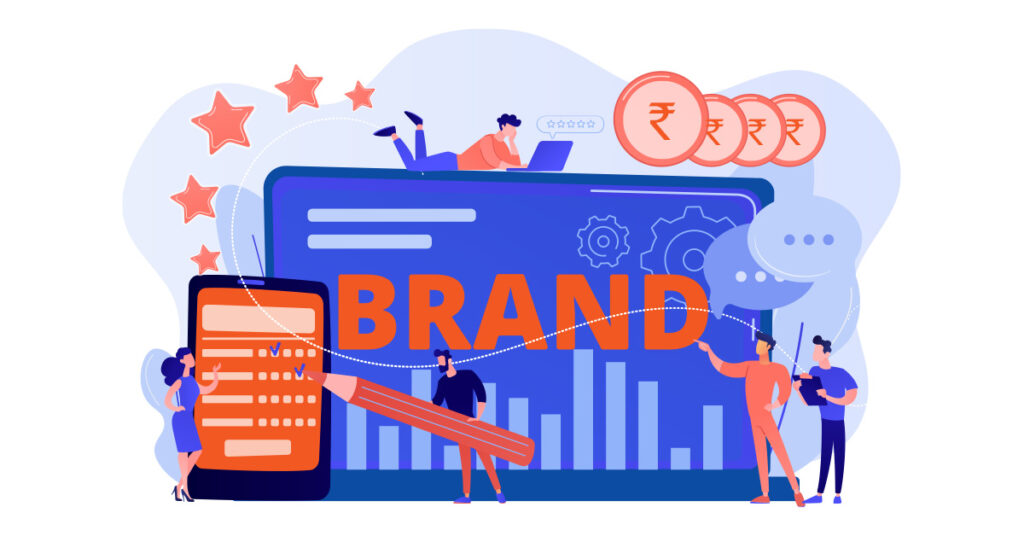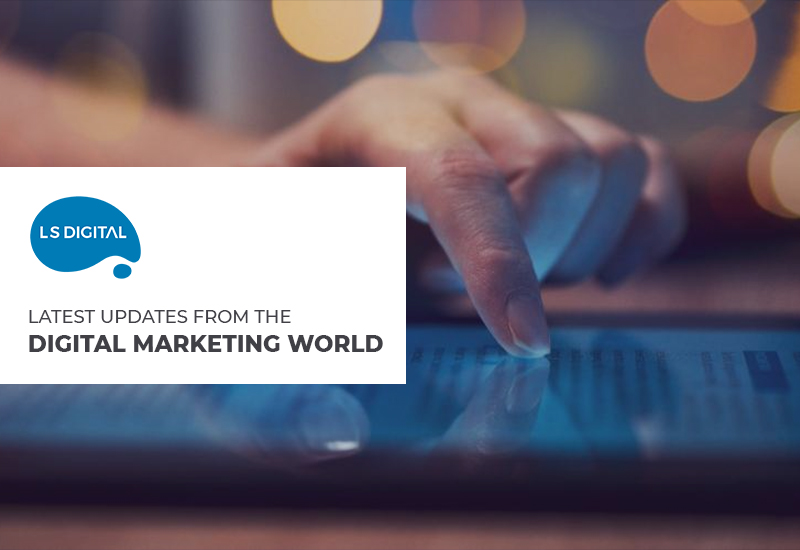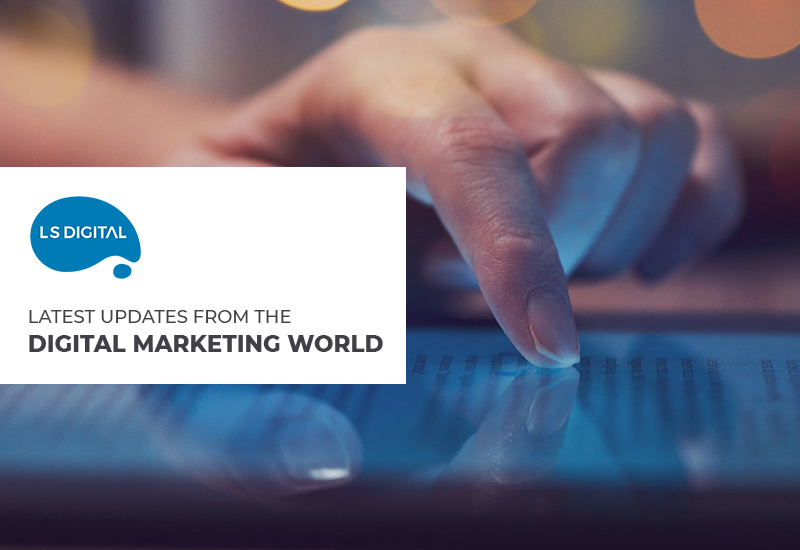Competitive advantage, customer loyalty, improved awareness, credibility, and higher sales are among the top benefits of having a positive brand reputation.
According to research by Spiegel, around 95% of online customers read reviews before making a purchase. This clearly suggests the critical role your reputation plays in the success of your business.
Media planning is one of the most effective ways for brands to improve their online reputation. It is the process of determining where, when, why, and how your brand shares digital content (written content, videos, images, podcasts, etc.) with the audience.
A media plan includes detailed information about the type of content shared on various digital channels for boosting engagement, reach, conversions, and more.
But how do you create effective media plans? Here are 3 strategies that can help-
1. Choosing the Right Digital Channel
Marketers now have a variety of digital channels where they can share their content. Some of the most common ones are websites, social media, and email. You can choose one or work on a combination of channels for sharing media content with your audience. Selecting the right channel is critical to ensure that the content delivers the expected results.
The type of audience you are targeting can help you choose the right channel.
| B2C brands can use channels such as social media and emails. B2B brands, on the other hand, should prioritize platforms like LinkedIn that are frequented by professionals and business owners/managers. |
2. Audience Targeting is the Key
Targeting helps you determine with whom your brand will share the content and how you’ll find them. Most marketers start by creating buyer personas based on gender, age, location, hobbies, profession, buying habits, and socioeconomic status. Tools like Google Analytics can be used for collecting this data.
Once the personas are created, you can then work upon figuring out the platforms frequently used by people on whom the personas are based on.
| All the popular platforms such as Google, Instagram, Facebook, Twitter, and LinkedIn now offer a variety of segmentation tools that allow you to effectively reach your target audience. |
3. Work on the Messaging Theme
Every content you share on the internet should communicate a specific message. While it is not necessary to have every piece of content ready before you launch a campaign, it is wise to define the messaging theme upon which all the different types of content will be based upon so that everything is consistent.
Your marketing goal is a primary consideration in this regard. The content can be about a new launch, helping people understand the quality/features of your products or services, improving awareness, or simply encouraging people to subscribe to your newsletter. Your target audience and the platform/s where the content will be shared also influence the messaging theme.
Improving Brand Reputation with Effective Media Planning
As the internet is now the go-to destination for people searching for products and services, your digital footprint is all the more important for your brand reputation. With media planning, brands can boost their reputation and influence audience decisions.
If you are currently working on your media plan, these are a few tips that can make your strategies more effective and successful. Brands can also rely on reputable digital marketing agencies to create a custom media plan that effectively aligns with their business goals.



